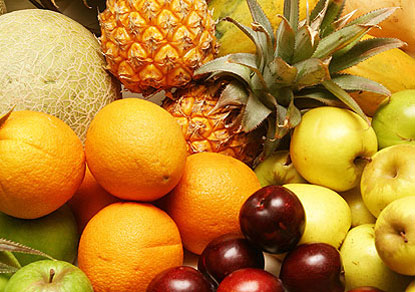 Raising animals for meat has its consequences. In many countries it has lead to rain forest destruction, global heat rising, water pollution, water scarcity, desertification, misuse of energy resources and world hunger. The use of land, water, energy and human effort to produce meat is not an efficient way to use the earth’s resources.
Raising animals for meat has its consequences. In many countries it has lead to rain forest destruction, global heat rising, water pollution, water scarcity, desertification, misuse of energy resources and world hunger. The use of land, water, energy and human effort to produce meat is not an efficient way to use the earth’s resources.
Since 1960, some 25% of Central America’s rainforests have been burned and cleared to create pasture for beef cattle (including by and for McDonalds in the US). It has been estimated that every hamburger made from rainforest beef destroys 55 square feet of tropical rainforest. In addition, raising cattle contributes significantly to the production of three gases which cause global warming, is a leading cause of water pollution, and requires a staggering 2,464 gallons of water for the production of each pound of beef. It only takes 29 gallons of water to produce a pound of tomatoes, and 139 gallons of water to produce a one pound loaf of wholegrain bread. Nearly half of the water consumed in the US goes to the growing of feed for cattle and other animals.
Many more people could be fed if the resources used to raise cattle were used to produce grain to feed the world’s population. An acre of land growing oats produces 8 times the protein and 25 times the calories, if the oats are fed to humans rather than cattle. An acre of land used for broccoli produces 10 times the protein, calories and niacin as an acre of land producing beef. Statistics like these are numerous. The world’s resources would be more efficiently utilised if the land used for livestock production was concerted to raising crops to feed people.
Eating a vegetarian diet allows you to ‘tread more lightly on the planet’. In addition to taking only what you need and reducing excess, it will feel better when you know a living being doesn’t have to die each time you eat a meal.
World Hunger
Nearly one billion people suffer from hunger and malnutrition on this planet. Over 40 million die each year of starvation – most of them are children. Despite this, more than one third of the world’s grain harvest is diverted from feeding people to feeding livestock. In the US, livestock consume 70% of all the grain produced. If we fed people instead of livestock, no one would go hungry.
Animal Suffering
Are you aware of the fact that more than 100,000 cows are slaughtered every day in the US? Most animals in Western countries are raised on ‘factory farms’. These facilities are designed to produce the maximum number of animals for slaughter at the minimum expense. Animals are crowded together, disfigured and treated like machines for the conversion of feed into flesh. This is a reality that most of us will never see with our own eyes. It has been said that, ‘One visit to a slaughterhouse will make you a vegetarian for life!’
Leo Tolstoy said, “As long as there are slaughterhouses there will be battlefields. A vegetarian diet is the acid test of humanitarianism.” Although most of us do not actively condone killing, we have developed the habit, supported by society, of eating meat regularly, without any real awareness of what is being done to the animals we eat.
